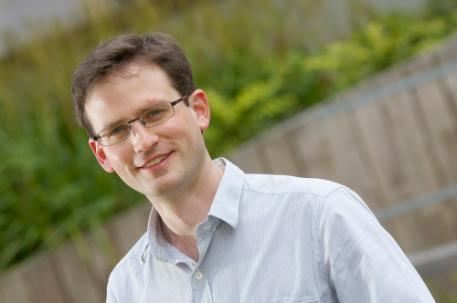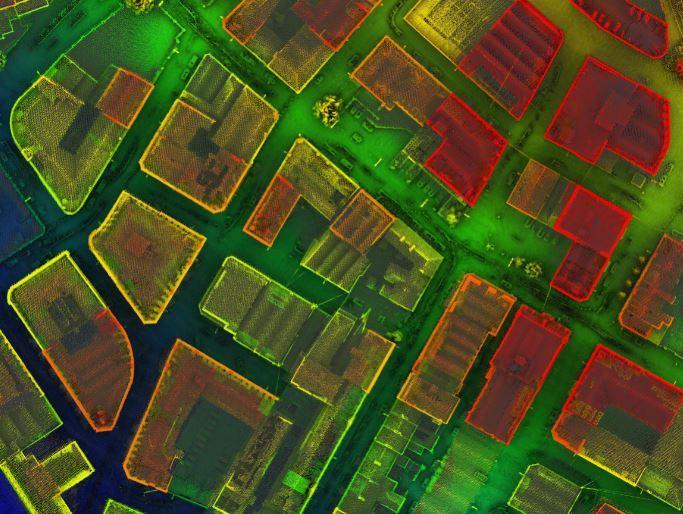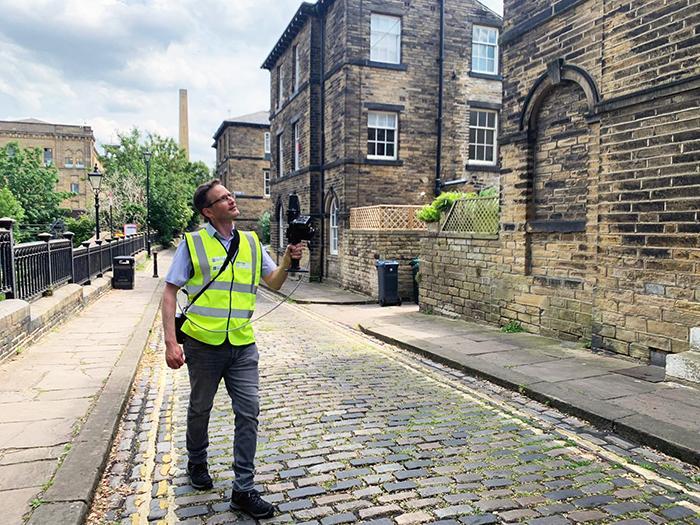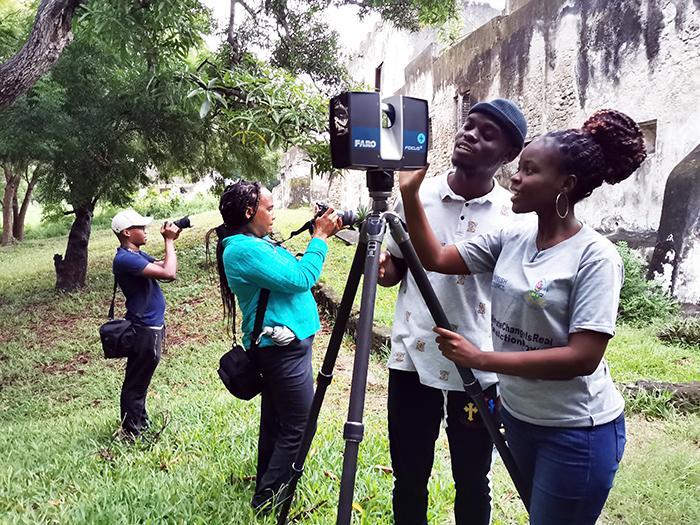Visualising Heritage continued
Since the last time we wrote about them, the School of Archaeological and Forensic Sciences has continued to innovate through the theme of Visualising Heritage on a number of projects recognised through their Queens Anniversary Prize award, and new funding set to expand the capabilities of their ground-breaking research work. We spoke to Professor Andrew Wilson, an Archaeologist and Heritage Scientist, to catch up with the latest developments.
Through CapCo, the Capability for Collections fund, the University received £3million worth of investment through the Arts and Humanities Research Council’s (AHRC) allocation of world class laboratories funding that was applied for back in October 2020. In February this year the good news came through that there was funding available, but the next challenge was spending the money, as Prof Wilson explains:
"With the global challenges we're facing at the moment, supply chain issues and price increases, sticking to the budget at October 2020 prices was quite a tall order especially with a quick turnaround, but together with the procurement team, we were able to pull that one off which I think is pretty amazing."

Prof Andrew Wilson
The funding has been put to good use, with £1.2million used for essential digital storage infrastructure, but more exciting are the new imaging capabilities, including cross-sectional imaging with a FujiFilm Newtom 7G Plus cone-beam CT unit, the first of its kind in the UK. Prof Wilson describes the context:
It’s a brand new capability for the University of Bradford, and in a university setting it's totally unique for heritage and archaeology applications. We want to do a lot with it in terms of imaging, not just for human remains such as skeletal material, but we can also focus on collections where there are soft tissue remains including mummies which fits with a lot of the trajectory of interest we've had.
Having this provision on site means that researchers don’t have to rely on equipment used in healthcare settings, especially with the current challenges being faced by the sector, but there’s also the opportunity for learning and collaboration with students and academics in the Radiography department in the Faculty of Health Studies.
Another piece of equipment that was purchased with the funding is a Zeiss Metrotom 1500 225kV G3 Micro CT scanner, which further enhances the University’s capabilities for examining objects at the ultrastructural level in collaboration with the Centre for Polymer Micro and Nano Technology in the Faculty of Engineering & Informatics, and its large scan volume means that it is big enough to take a whole human femur, which gives the team much more flexibility with the types of objects that we can analyse.
The new equipment will be delivered and up and running by Autumn 2022 as part of refurbishment within the University Analytical Centre and Polymer IRC with our Estates team.

Overhead laser scan map of part of Bradford city centre from the Virtual Bradford project
In the meantime, work has continued with developing digital documentation of heritage sites, including 3D capture of the whole of Bradford city centre for the Virtual Bradford Digital Twin project which was the subject of EU SCORE funding and which will provide opportunities for partnership with the University’s new Architecture programmes. And with the successful City of Culture 2025 bid, there’s huge potential to create a valuable resource that includes input from a range of communities in Bradford. Prof Wilson describes the progress so far:
"We have recently been working on a project ‘Saltaire: People, Heritage & Place’ funded as part of the AHRC’s Place Programme that will deliver the first phase of our goal to link the City Centre with other parts of the district. This project will help to highlight the opportunities for active travel, pointing to the Canal Road Greenway as a level-access route that follows the historic route of the Bradford spur of the Leeds-Liverpool Canal. It will also allow us to work with local schools through a community-based artist."

Prof Wilson mapping UNESCO Saltaire World Heritage Site to link to 'Virtual Bradford' as part of 'Saltaire: People, Heritage & Place' funded through the AHRC Place Programme.
That focus on the immersive and artistic qualities of our digital heritage work also helps us to point to another project that was funded in response to the UN Year for the Creative Economy. Working in conjunction with the University of Dar-es-Salaam we have been working in the coastal city of Bagamoyo ‘Reimagining Tanzania’s Townscape Heritage’ a project that will be showcased in a session that we have organised at the PANAF Congress in Zanzibar and later this year at the International Bagamoyo Festival, with a link-up to ‘Virtual Bradford’.

Erasmus+ PhD students from the University of Dar es Salaam learning digital capture techniques at the Fort in Bagamoyo Stone Town Conservation Area, Tanzania
The REF 2021 Archaeology submission was rated as Internationally Excellent or World Leading (3* or 4*) for Impact, and it’s great to see that the broad scope of this work embodies the University of Bradford's commitment to making a difference to the local community and create meaningful partnerships while also consistently breaking new ground in the field of Archaeological and Forensic Sciences research.
